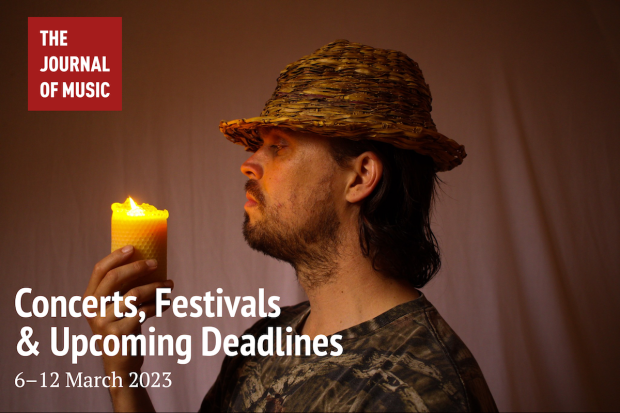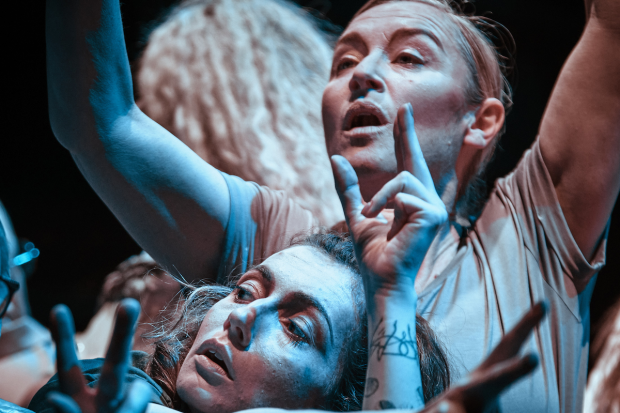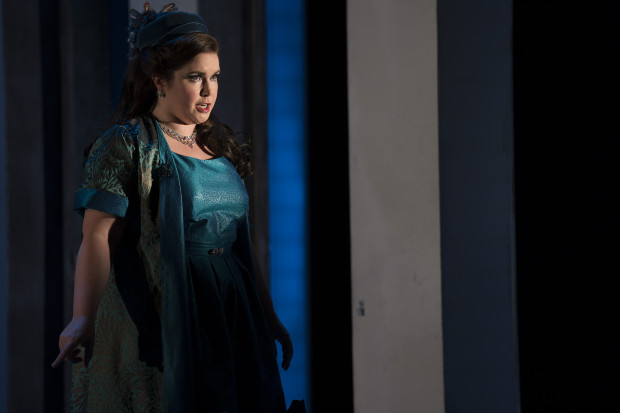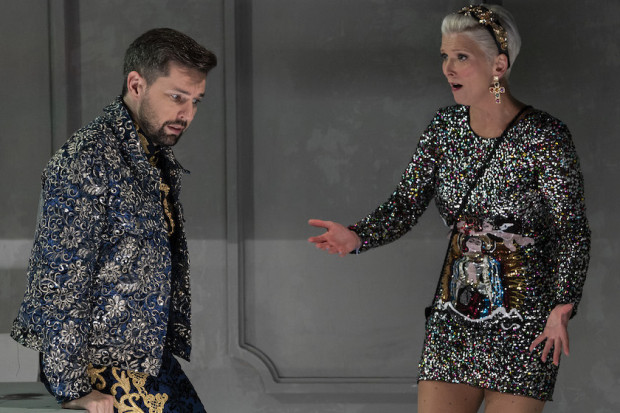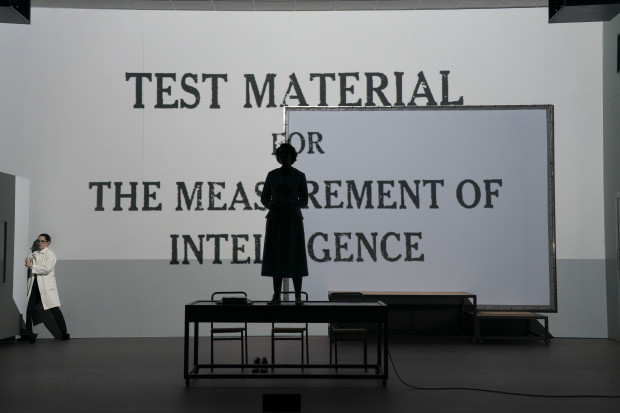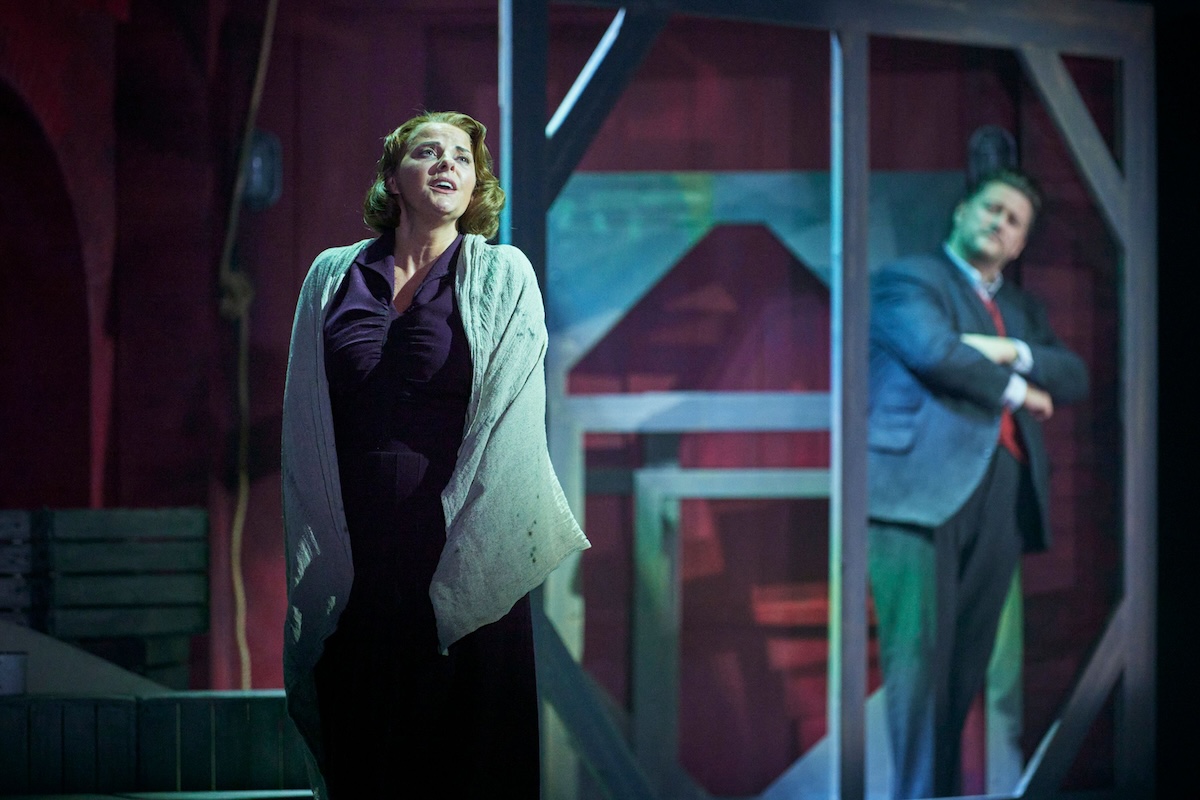
Celine Byrne and Merūnas Vitulskis in 'La bohème' at the Bord Gáis Energy Theatre (Photo: Ros Kavanagh)
Letting a Classic Speak
La bohéme may contain some of the most beautiful music that Puccini ever wrote but as a story, it’s pretty thin stuff. The age-old formula – boy meets girl, they fall in love, girl dies tragically – may form the foundation of many a great work but the scheme is usually overlaid with some complicated plot twists. The libretto of La bohéme on the other hand almost goes out of its way to be trivial. Everything from Mimì’s candle going out which initiates her first encounter with Rodolfo, to his reasoning for ultimately breaking up with her in Act III – that she is dying of consumption and he lacks the means to support her – is just too convenient and contrived to take seriously. None of the characters could be described as particularly deep; they all seem to act on the whims of simple passions, and yet, perhaps this may be the reason why Puccini’s score makes such an impact in that such transparent emotions are expressed through music of extraordinary sophistication and tenderness.
One effective way to approach a production of La bohéme, therefore, is to keep things simple and let the music speak for itself; this was the strategy taken by Irish National Opera (INO) in their production that I attended on 25 November and which finished its run at the Bord Gáis Energy Theatre last Sunday.
Although director Orpha Phelan chose to set the production in Paris of the interwar years, this was not massively obvious until Act II when the neon signs of the Café Momus appear followed by the entrance of the sassy Musetta (soprano Sarah Brady) in a sexy Marlene Dietrich-style cabaret routine.

Sarah Brady as Musetta in La bohème (Photo: Ros Kavanagh)
In short, the production didn’t set out to impose itself overtly on the opera. For instance, in the glorious third act when Rodolfo and Mimì ultimately decide to part, the minimalist staging and subtle lighting focused attention on the music’s emotional power with just a few street lamps cleverly positioned along a vanishing line to give the illusion of depth. Indeed, Nicky Shaw’s set designs throughout the opera made excellent use of angles to maximise the limited space of the Bord Gáis stage. What stuck one more than the period setting was the clever colour coordination, with a glowing wash of red marking the high-point of life and vigour in Act 2, before gradually retreating to more subdued colours – almost symbolically tracing Mimì’s ultimate demise.
Solid instincts
The subtle interpretation didn’t mean that there weren’t many sections in the opera that required firm direction and here Phelan demonstrated solid instincts. The charming buffoonery of the bohemians in Act 1, and again in Act 4, was executed with comic energy by the quartet of Rodolfo (tenor Merūnas Vitulskis), Marcello (baritone Iurii Samoilov), Colline (bass Lukas Jakobski) and Schaunard (baritone Gyula Nagy). The same was true of the complicated choreography required in Act 2 when virtually the entire cast plus the adult and children’s choruses milled around the shop front of the Café Momus. This was coordinated with panache; a particular highlight being the aforementioned cabaret routine by Brady as Musetta, while the act as a whole built nicely to its climax with the entrance of the marching band.
The singing throughout was generally excellent. Celine Byrne may not be the most passionate Mimì in terms of her acting but her voice was flawless and Vitulskis’s Rodolfo made up for whatever chemistry might have been lacking in their interactions. The more dynamic Sarah Brady brought the necessary swagger to her character of Musetta and the other trio of Bohemians – Samoilov, Jakobski and Nagy – sang very well throughout.

Merūnas Vitulskis, Lukas Jakobski and Iurii Samoilov (Photo: Ros Kavanagh)
The INO orchestra under the Spanish conductor Sergio Alapont may have begun a bit tentatively but they quickly grew into the performance and were producing a rich, balanced sound by the emotional highlights of Acts 3 and 4.
Overall, this INO production pursued subtlety and grace instead of a reinvention or contemporary updating of Puccini’s classic and this worked in the opera’s favour. A pretty much full house greeted the cast with a standing ovation at the finish, capping off another successful, large-scale production of an opera classic at the Bord Gáis Energy Theatre for INO.
Irish National Opera’s upcoming productions include The Scorched Earth Trilogy by Brian Irvine and John McIldiff at Other Voices in Dingle on 1 and 2 December, Finola Merivale’s Out of the Ordinary/As an nGnách on 17 February in Carrick-on-Shannon, and Richard Strauss’ Salome on 3–16 March. Visit www.irishnationalopera.ie.
Subscribe to our newsletter.
Published on 30 November 2023
Adrian Smith is Lecturer in Musicology at TU Dublin Conservatoire.











